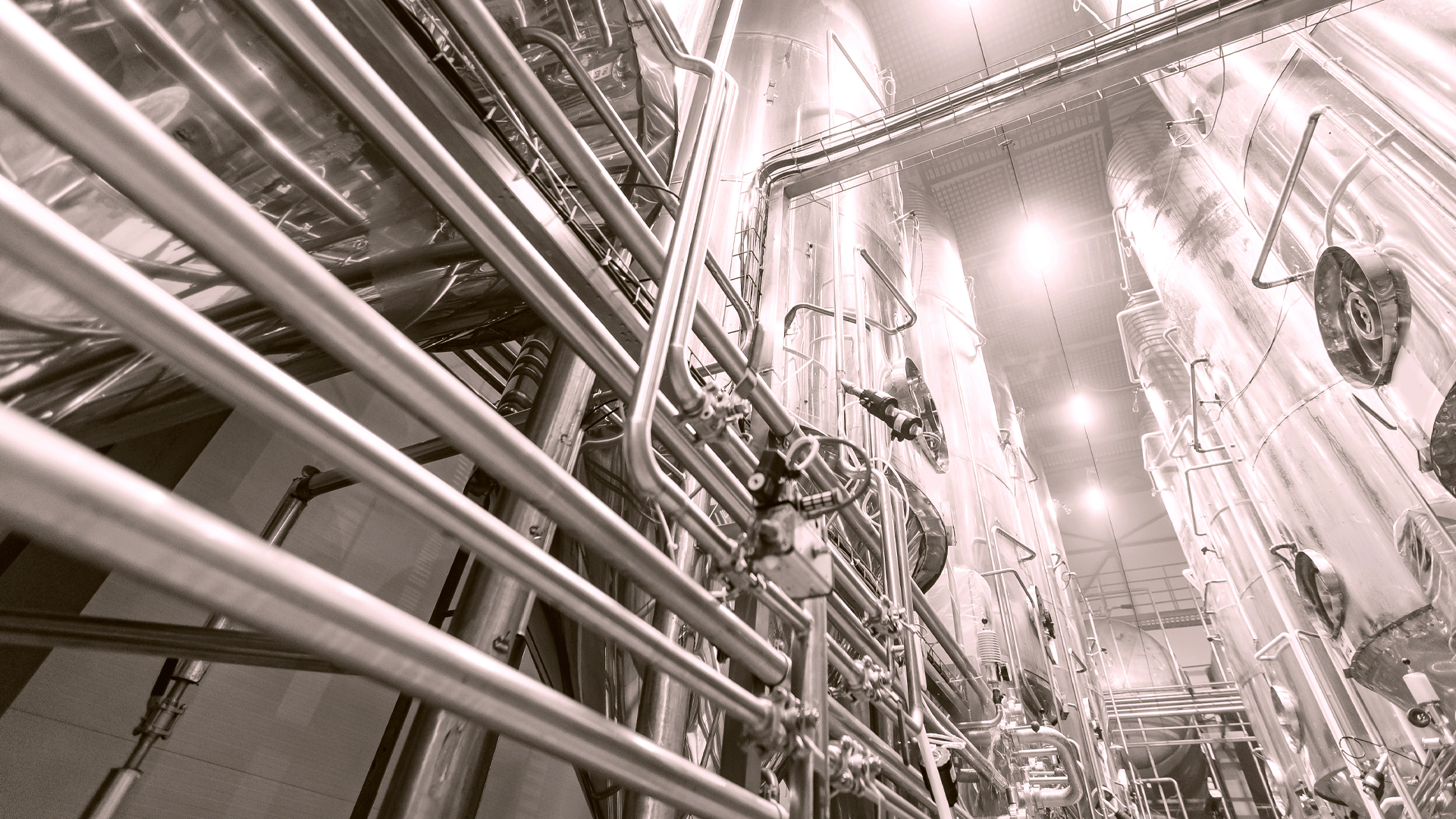Product quality and safety hinge on maintaining your sanitary equipment. Sanitary sample valves that are widely used in the food, beverage, and biopharmaceutical industries, are no exception. These valves are critical for drawing representative samples for quality control, testing, and validation. If not properly cleaned and maintained, these valves can become a source of contamination. The good news? With proper care, sanitary sample valves can provide years of reliable service.
Why Cleaning Sanitary Sample Valves Matters
Sample valves are a direct point of contact between your product and your testing protocols. Any residue left behind after sampling can compromise subsequent tests, alter product quality, or violate regulatory compliance standards. Regular cleaning ensures:
- Accurate sampling results by preventing cross-contamination.
- Product safety through the removal of microbial growth risks.
- Equipment longevity by avoiding buildup that can cause wear or corrosion.
Recommended Cleaning Methods
While each facility’s Standard Operating Procedures (SOPs) may vary, the following are widely accepted methods for cleaning sanitary sample valves:
1. Clean In Place (CIP)
Many sanitary sample valves are designed to integrate seamlessly with CIP systems. This method flushes cleaning agents through the valve without disassembly, saving time and ensuring thorough coverage of all internal surfaces. Always follow the valve manufacturer’s recommended cleaning agents and temperature ranges.
2. Manual Cleaning
For valves not connected to a CIP system, or when deep cleaning is required, manual cleaning is a reliable choice. This process generally involves:
- Removing the valve from the line or vessel.
- Disassembling it according to the manufacturer’s guidelines.
- Using a soft brush and approved cleaning solution to remove all product residue.
- Rinsing thoroughly with clean water.
3. Steam Sterilization
In pharmaceutical and certain food applications, steam-in-place (SIP) can be used to sterilize the valve after cleaning. This is particularly effective for ensuring microbial control before returning the valve to service.
Maintenance Best Practices
Beyond cleaning, routine maintenance is key to extending the life of your sanitary sample valves and avoiding downtime:
- Inspect seals and gaskets regularly for wear, cracks, or deformation.
- Lubricate moving parts with food-grade lubricants as recommended.
- Replace worn components promptly to prevent leaks or performance issues.
- Document cleaning and maintenance in accordance with facility and regulatory requirements.
Choosing the Right Sanitary Sample Valve
Even the best cleaning and maintenance practices can’t make up for a poorly designed or low-quality valve. Investing in durable, well-engineered sanitary sample valves ensures easier cleaning, better reliability, and consistent performance under demanding conditions. That’s why we are happy to offer the TOP-FLO® SVN, EVN, INN Type Sample Valve.
Final Thoughts
Proper cleaning and maintenance of sanitary sample valves is an investment in your product quality, safety, and operational efficiency. Whether you rely on CIP, manual cleaning, or steam sterilization, following best practices will keep your valves performing at their best. Ready to upgrade or expand your valve inventory? Explore our selection of sanitary valves and find the perfect fit for your operation.

